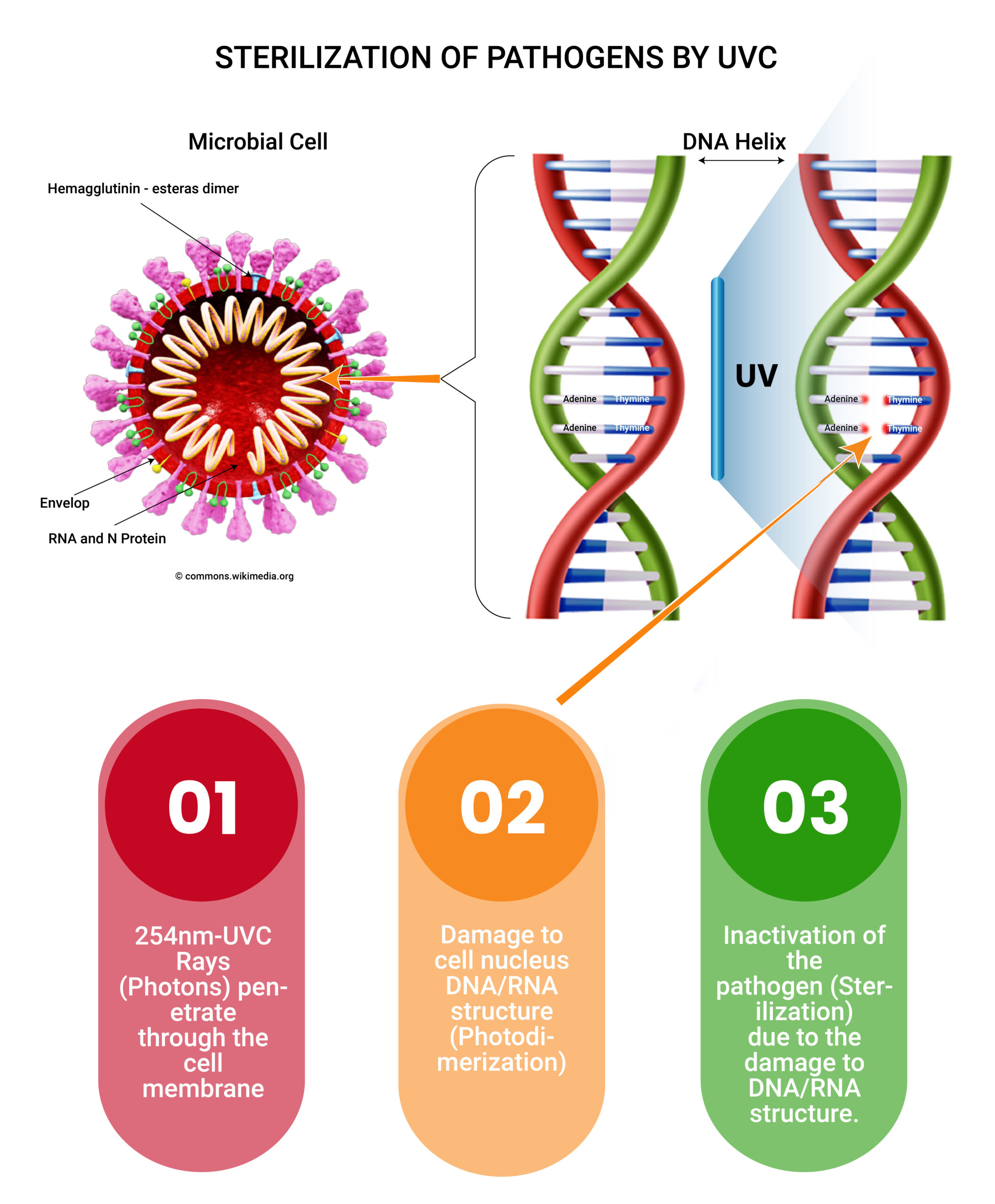Whether you’re looking for an air sanitizer for a Clinic, classroom, office, Cinema, airport, Train, Bus, or Car, AERAVE has the perfect solutions for you!
At AERAVE, we understand the importance of clean air, especially in enclosed spaces. That’s why we offer a range of high-quality air sanitizers that are specifically designed for these types of environments.
Our air sanitizers use medical-grade UVC sterilization technology to effectively remove harmful bacteria, viruses, and other contaminants from the air, providing you with a cleaner and safer environment. They are also highly efficient, with a higher CADR (Clean Air Delivery Rate) and with the lowest noise (30-35db) emission which ensures they can purify large spaces quickly and effectively. Its inactivation efficiency (96% in a single air pass through the device) is verified by an independent laboratory test from Biotech GmbH Germany.
Our air sanitizers are also easy to operate and maintain, with features such as remote monitoring via industry-leading narrow-band communication (NB-IoT), and Lamp health /replacement indicators. They are also energy-efficient, which helps keep your energy costs low.
Our Range
UVC light damages the genetic material (DNA or RNA) of microorganisms, preventing them from reproducing and causing infections. When UVC light enters the cells of microorganisms, it causes photodimerization in the DNA or RNA, leading to the microorganism’s death. For this reason, UVC light is often used for sterilization and disinfection, as it effectively kills a wide range of bacteria, viruses, fungi, and other pathogens. UVC light is often used in conjunction with other disinfection methods such as chemicals or heat to achieve optimal results.
Yes, UV light can be 99.9999% effective against viruses, germs, and bacteria. UV light has been shown to inactivate a wide range of pathogens, including many types of viruses, bacteria, and fungi. However, the effectiveness of UV light against different types of microorganisms can vary depending on the specific pathogen, the intensity and duration of UV light exposure, and other factors.
Also, pathogens cannot mutate against UVC, which makes it the most suitable sterilizing medium.
However, it is important to use UV light properly, as high UV exposure can also be harmful to humans and animals.
It is important to note that UV light should be used in conjunction with other measures such as frequent hand washing and proper surface cleaning for maximum effectiveness in preventing the spread of infections.
UVC light and HEPA filters are useful tools for cleaning air and surfaces, but they serve different purposes and have different strengths.
HEPA (High-Efficiency Particulate Air) filters are designed to trap very small particles such as pollen, dust, and pet dander, as well as some types of bacteria and viruses. HEPA filters trap particles as they pass through the filter, making them an effective way to improve indoor air quality. But you have to remember to change the filters regularly. The risk of contaminating yourself when changing the filters is also very high.
UVC light, on the other hand, is specifically designed for sterilization and disinfection. It can be applied in a variety of areas and environments. UVC light effectively inactivates a wide range of pathogens, including many types of viruses, bacteria, and fungi, by destroying their genetic material. Thus, UVC light is very effective and has a long service life.
